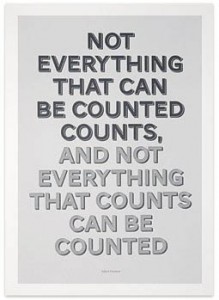Insights from Children’s Art Expert Bette Fetter
May is almost here! Check out the top blog posts of April from Bette, including the release of an all NEW collection of drawing videos! 
May is almost here! Check out the top blog posts of April from Bette, including the release of an all NEW collection of drawing videos! 
A few weeks ago my sister Diane called to talk about her granddaughter Lanie. 


Click the title for more!

Standardized tests can strike fear in the heart of any man – young and old, but ever wonder why? It seems odd that a few questions that require a pencil dot on a Scantron Sheet, can bring forth such stress and emotion. This is especially true for visual-spatial learners whose test results don’t reflect their true intelligence or ability.
A few days from now (March 2nd) will mark the birthday of one of childhood’s favorite authors, Dr. Seuss. Over the years, Seuss has become a household name; the brief mention of him always brings crazy imagery and catchy rhymes to mind. 
Testing time is here in many US schools. When my kids were young, there was much less emphasis on standardized testing and test results. Now schools devote much of February getting kids prepared for standardized testing that happens in March.